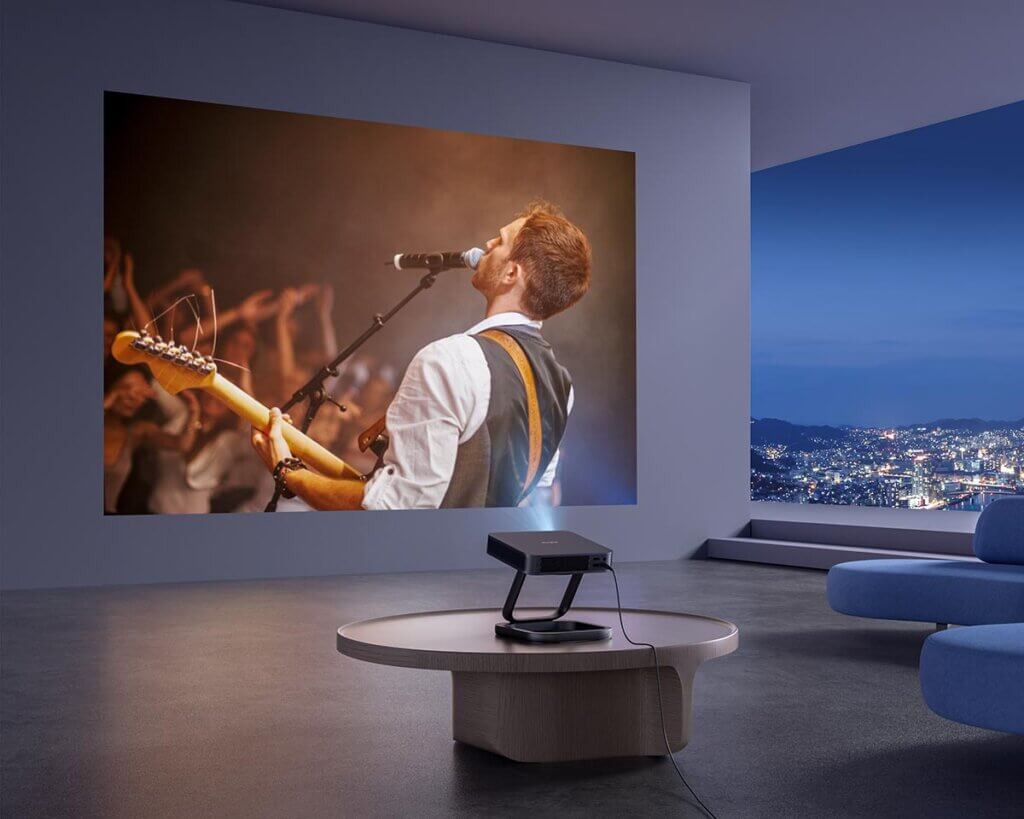In the world of projectors and home theaters, choosing the right projection screen is crucial for achieving an optimal viewing experience. A common query that arises is, “Can a projector screen be black?” In this article, we’ll explore the nuances of projector screen colors and their impact on image quality.
Understanding the Basics: Traditionally, projector screens were predominantly white, reflecting the idea that white surfaces offer better brightness and color accuracy. However, the landscape of projection technology has evolved, prompting a reconsideration of screen colors.

Black Projector Screens: Contrary to the conventional belief, projector screens can indeed be black. Black screens are designed to enhance contrast levels by minimizing ambient light reflections, resulting in deeper blacks and improved image clarity. This makes black screens particularly suitable for dedicated home theaters with controlled lighting conditions.
Benefits of Black Projector Screens:
- Enhanced Contrast: Black screens excel in providing high-contrast visuals, accentuating the bright areas of an image while maintaining deep, rich blacks.
- Ambient Light Resistance: In environments with ambient light, black screens can mitigate the impact of stray light, preserving image quality.
- Improved Immersion: Black screens contribute to a more immersive viewing experience, especially during dark or atmospheric scenes.
Considerations for Usage: While black screens offer several advantages, it’s essential to consider the following factors before opting for one:

- Room Lighting: Black screens are most effective in rooms with controlled lighting. In brightly lit spaces, a traditional white or gray screen may be more suitable.
- Projector Compatibility: Ensure that your projector is compatible with black screens and can produce sufficient brightness to maintain image quality.
Choosing the Right Screen Color: Ultimately, the choice between a black, white, or gray projector screen depends on individual preferences, room conditions, and the type of content being displayed. Assessing your specific needs will guide you in making an informed decision.
In the diverse realm of projector screens, the option of having a black projection surface opens up new possibilities for home theater enthusiasts. While a black screen offers advantages in terms of contrast and immersion, it’s crucial to align your choice with your room’s lighting conditions and the capabilities of your projector. By understanding the impact of screen colors, you can tailor your home theater setup to deliver a cinematic experience that suits your preferences.




